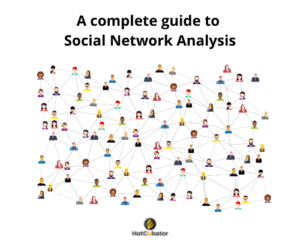
If you are new to research, you will encounter many new terminologies. One such terminology is ‘Construct’ which is often confused with variables. Read on, I will try to make it easy for you. The term construct is used mostly in qualitative research. In qualitative research, a topic or a phenomena typically begins with a mental abstraction inside the researchers mind. For example, the idea of ‘Trauma’ – we cannot observe or measure trauma directly. Though we can understand that an individual may be traumatised, but we cannot express how much or what exactly triggered that trauma. Even if we could say what caused the trauma, but that may not be as accurate as other phenomena such as someone’s height or age etc. So we may consider the phenomena of ‘trauma’ as a construct.
So constructs refer to abstract concepts used to express those phenomenon which are difficult to explain in numeric terms.
Constructs need to be translated from abstract mental ideas or mental abstractions into more concrete measurable and testable form in research. That is when the term ‘Measure’ comes into use. So a measure is like a variable in quantitative research. Measures define the attributes associated with a construct. Given constructs are broad and abstract in nature, it is important to associate some measures to understand the constructs. Measures help to draw lines around a construct. For example – the construct trauma can be measured by the following – type of trauma, trigger of the trauma, effect of trauma, behavioural manifestation of trauma etc.
In qualitative research, it is very important to first explore the key constructs and the underlying measures. Once these two are well-established, then it will be easier for the researcher to link the form of data gathering methods and the questions corresponding to each of the measures.










